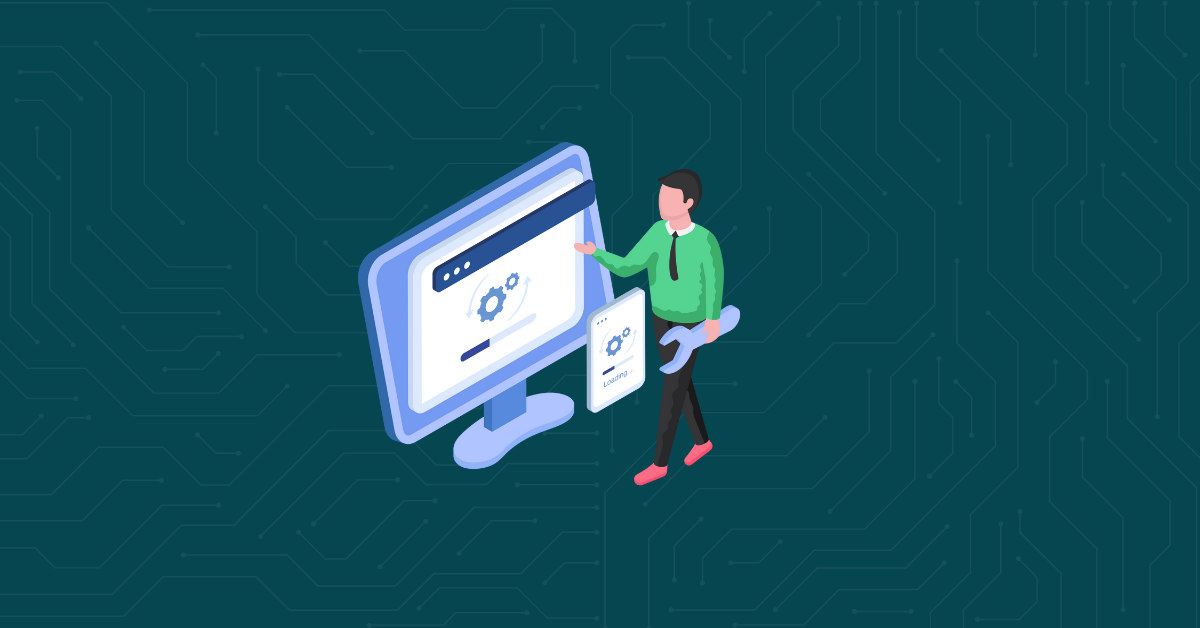

In their “Internet Crime Report 2023,” the FBI Internet Crime Complaint Center reported receiving 880,418 cybercrime reports, costing victims over $12.5 billion USD. This represents a more than 10% increase in incidents and a 17% increase in financial losses from 2022, highlighting the growing sophistication of cyber threats. This escalation underscores the urgent need for more secure software development practices.
Threat actors increasingly exploit vulnerabilities within applications to gain access to networks, making it imperative for development teams to contribute to cybersecurity by writing secure code. Application Security (AppSec) aims to strengthen an organization’s cybersecurity posture by addressing the most common application vulnerabilities, thereby playing a critical role in enhancing overall cyber defenses.
In this article, we’ll explore the importance of AppSec in secure software development. First, we’ll discuss the need for greater software security and how AppSec strategies address this need by shifting security left. Then, we’ll examine the benefits of AppSec for development teams and highlight some key tools that can help.
Application vulnerabilities are a primary attack vector for cybercriminals. Poorly written or outdated code can contain flaws that hackers exploit to infiltrate systems, compromising both organizational and user data. Consider these statistics:
These figures illustrate that attackers are increasingly scouring web applications for code vulnerabilities to penetrate their targets’ cyber defenses. This makes software developers crucial players in thwarting cyberattacks, as writing clean, secure code can prevent breaches before they occur. By prioritizing secure software development, teams can minimize their attack surface and bolster their cybersecurity posture—this is where AppSec comes into play.
AppSec, or Application Security, encompasses a series of tactics, techniques, and procedures (TTPs) designed to safeguard data and code within applications. It aims to embed secure software development practices into every layer of the Software Development Life Cycle (SDLC), anticipating and addressing security concerns early on. AppSec represents a shift left in vulnerability management processes, urging teams to prioritize secure software development from the outset.
AppSec spans a range of cybersecurity policies rather than relying on a single technology, so its exact implementation will vary based on factors such as cost, in-house expertise, on-prem resources, and deployment environment. Some of the most common AppSec processes include:
While some of these processes extend beyond source code to encompass other security factors, the core of AppSec lies in helping developers write cleaner code. Education is crucial in helping developers implement secure software development practices, but human error can never be fully eliminated. Testing and analysis tools check incoming code before it reaches the codebase, enabling teams to detect and remediate any vulnerabilities introduced inadvertently.
By helping teams improve their code-writing practices, code analysis tools reduce the attack surface, making them a critical part of any AppSec environment.
The primary benefit of secure software development is the reduction of breach risks. This alone justifies a robust AppSec framework, but stronger cybersecurity offers several additional advantages:
In addition to these benefits, AppSec simplifies the development process by reducing code defects and enhancing resilience against cyberattacks, ultimately leading to a higher-quality product.
To achieve these benefits, teams should consider incorporating the following tools into their AppSec strategies:
Standards such as the OWASP Top 10 can also help teams formulate a comprehensive approach to their AppSec strategies, making them a valuable addition to your processes.
Threat actors have found considerable success in penetrating an organization’s cyber defenses by exploiting vulnerabilities within an application’s source code. AppSec identifies and remediates these vulnerabilities through robust authentication, authorization, monitoring, and testing processes, bringing application security concerns to the forefront of the SDLC. Since code vulnerabilities are one of the main entry points attackers seek to exploit, code security tools are integral to the process.
At Kiuwan, we offer a range of AppSec solutions. Our SAST and SCA tools provide real-time code review for both proprietary and open-source code, enabling teams to detect and remediate vulnerabilities early in the development process. The result is reduced technical debt, a final product with fewer vulnerabilities, and an application that is better equipped to withstand cyber threats.


